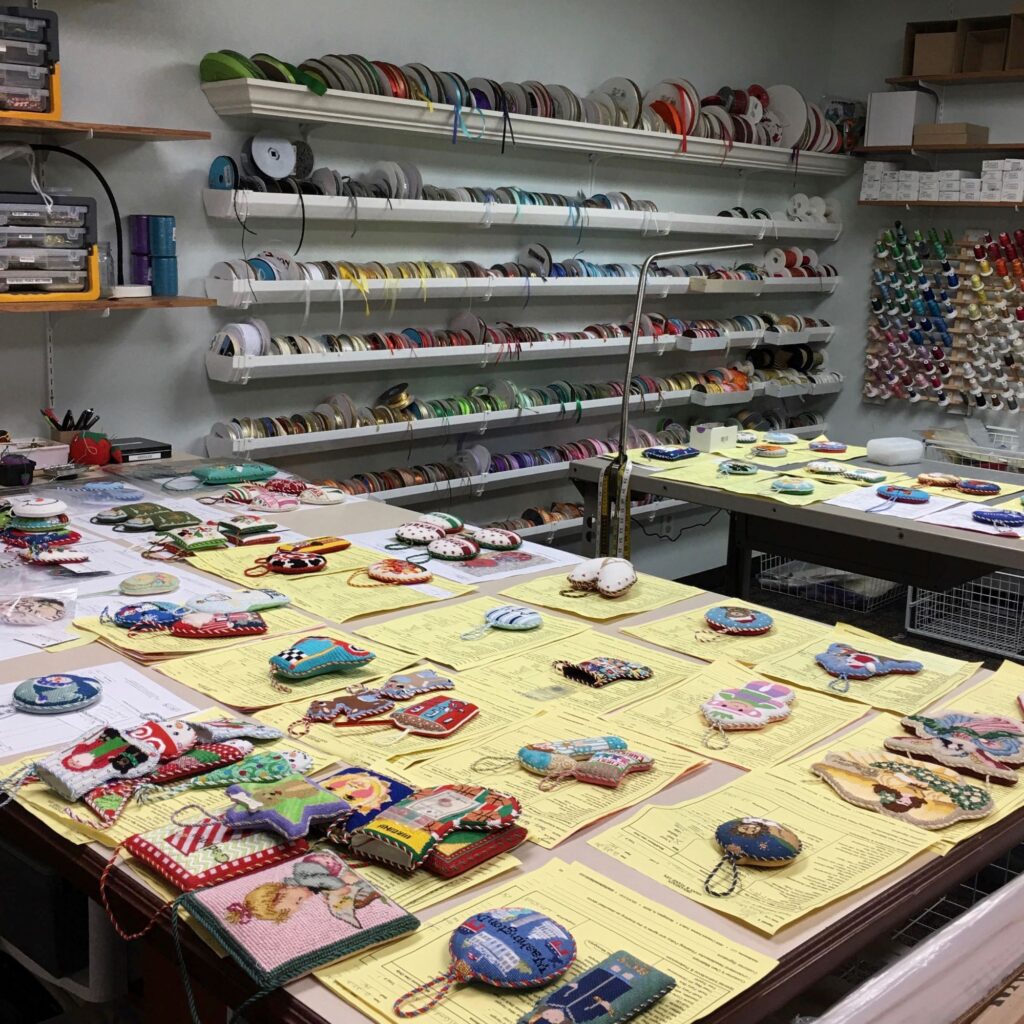tVNS stands for Transcutaneous Vagus Nerve Stimulation. tVNS is non-invasive electrical stimulation of the vagus nerve by clipping electrodes to the tragus region of the ear. Vagus Nerve The vagus nerve is the longest cranial nerve and connects the...
tVNS stands for Transcutaneous Vagus Nerve Stimulation. tVNS is non-invasive electrical stimulation of the vagus nerve by clipping electrodes to the tragus region of the ear.
 tVNS device on ear
tVNS device on earVagus Nerve
The vagus nerve is the longest cranial nerve and connects the brain with all the major organs in the body, including the heart, gastrointestinal tract, and skin. The vagus nerve has important physical and emotional effects in the body and helps the body to achieve balance between states of stress (“fight or flight”) and states of relaxation (“rest and digest”).
Connection to Gut Health
If you’ve followed me for awhile, you know that I truly believe that food is medicine, and that gut health plays an important role in our overall well being. My family limits processed foods in favor of healthier options with fewer ingredients. We cook, do canning and read ingredients like it’s our job. That’s because my daughter’s autism has many co-conditions — and it took many years to peel back the onion to figure out what was truly autism, and what were other treatable medical conditions. (One of those co-conditions was stomach pain, which took us down the dietary path)
Our experience has sadly found the medical community to quickly dismiss co-conditions, because, well, AUTISM. Before the armchair army comes at me, I want to say that I fully support my daughter’s neurodiversity. I do not subscribe to the belief that Autism is something to be cured. I do, however, fully believe that there are treatable co-morbidities that when addressed, can make a positive difference in her life.
Putting it all together with the Autonomic Nervous System
So, how does that relate to tVNS? Well, its use can improve the function of the Autonomic Nervous System (ANS). ANS is a network of nerves in our brain and spinal cord made up on the sympathetic and parasympathetic nervous systems. The sympathetic nervous system controls more active responses (heart rate, blood pressure, muscle activation) where as the parasympathetic nervous system controls more restful responses (sleep, digestion).
Stimulating the vagus nerve has proven to be beneficial for a wide range of issues from chronic inflammatory disorders, rheumatoid arthritis, diabetes, migraines, fibromyalgia, depression, autoimmune disease and improving gut function (see reference articles below).
Simply put, when inflammation is the root cause of co-conditions, reducing that inflammation can allow the body to heal. As a matter of fact, reducing inflammation is the core of the Nemechek Protocol, which I’ve written a lot about.
Gradual Improvements We’ve Seen
tVNS was prescribed for our daughter about 8 months ago. Since, there have been many improvements – especially in the area of social communication and memory. Most recently, my daughter attended her homecoming dance. She asked to shop for a dress, have her hair, nails and make up done. Perhaps this seems about as mainstream as white bread, however, a year ago she would not have cared what she looked like, let alone allow me to touch her hair.
 Homecoming Dance 2021
Homecoming Dance 2021Is my daughter still awesomely autistic? You bet’cha. That is not going to change. However, I do sincerely believe that by balancing the gut and reducing inflammation, it has allowed some of those co-conditions to heal. Certainly, I’m no doctor, but I am hard-pressed to argue with the results.
This week, in fact (after a gradual dose reduction) we discontinued her daily medication for ADHD. Am I nervous? A little bit, but so far, have not seen any huge impact. So far, she is more chatty, and wants more hugs and sensory input. Nothing that can’t easily be managed.
To me, the developmental delays that my daughter experiences are an ellipsis… not a period. We continue to watch her grow, and continue to support that journey. We’ve found that tVNS plays an important part.
Have questions about the Nemechek protocol? Get an overview HERE, or just ask me – info@tumbleintolove.com and I’m happy to share our perspective.
Related
Our experience with the Nemechek Protocol
References and Further Reading
Jin, Y., & Kong, J. (2017). Transcutaneous Vagus Nerve Stimulation: A Promising Method for Treatment of Autism Spectrum Disorders. Frontiers in neuroscience, 10, 609. https://doi.org/10.3389/fnins.2016.00609
Vagal Nerve Stimulation in Autonomic Dysfunction – A Case Study,” Autonomic Neuroscience: Basic and Clinical , vol. 192, p. 83, 2015. [https://www.autonomicneuroscience.com/article/S1566-0702(15)00158-7/abstract].
A. Yuen and J. Sander, “Can natural ways to stimulate the vagus nerve improve seizure control?,” Epilepsy Behaviour, vol. 67, pp. 105-110, 2017. [https://www.ncbi.nlm.nih.gov/pubmed/28152451].
The post Transcutaneous Vagus Nerve Stimulation (tVNS) and Autism appeared first on Tumble into Love.







